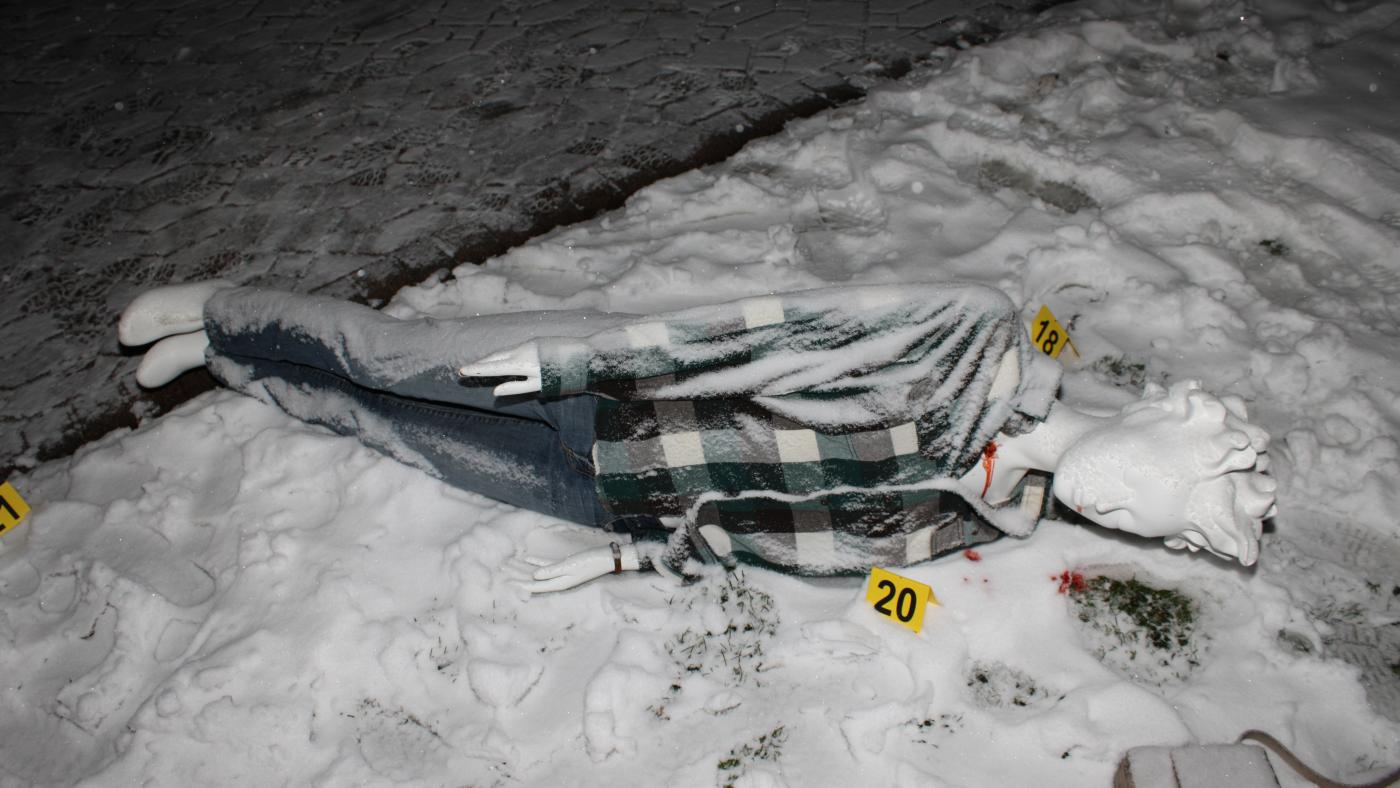Crime scene photos are essential tools in criminal investigations, providing visual documentation of incidents that can aid law enforcement and legal proceedings. These images serve as crucial evidence, capturing the details of a crime scene that might not be apparent through written reports alone. In this article, we will delve deep into the significance, interpretation, and ethical considerations surrounding crime scene photography.
As technology advances, the methods and techniques used in capturing crime scene photos have evolved significantly. High-resolution cameras, drones, and specialized lighting equipment provide investigators with an unprecedented ability to document crime scenes with clarity and precision. However, with this advancement comes the responsibility of handling such sensitive materials with care and professionalism.
This comprehensive guide aims to shed light on various aspects of crime scene photography, including its role in investigations, the skills required, and the ethical dilemmas faced by professionals in the field. Whether you are a budding photographer, a law enforcement officer, or a curious reader, this article will provide valuable insights into the world of crime scene imagery.
Table of Contents
- The Significance of Crime Scene Photos
- Techniques for Capturing Effective Crime Scene Photos
- Ethical Considerations in Crime Scene Photography
- Biography of a Crime Scene Photographer
- Crime Scene Photography: Data and Statistics
- Tools of the Trade: Equipment for Crime Scene Photography
- Case Studies: Famous Crime Scene Photos
- Conclusion
The Significance of Crime Scene Photos
Crime scene photos play a pivotal role in the criminal justice system. They serve multiple purposes, including:
- Providing a visual record of the scene for investigators and jurors.
- Documenting evidence in a manner that is unbiased and factual.
- Helping to reconstruct the events that took place during a crime.
- Assisting in the identification of victims and suspects.
These photos can be critical in court, as they provide jurors with a tangible connection to the crime, aiding in their understanding and decision-making processes.
Techniques for Capturing Effective Crime Scene Photos
To be effective, crime scene photography requires a specific set of techniques. Some of the key techniques include:
- Using a wide-angle lens to capture the entire scene.
- Taking close-up shots of specific evidence.
- Utilizing natural lighting when possible, or employing flash and artificial lights strategically.
- Maintaining a consistent perspective to accurately represent the scene.
Understanding Composition
Composition is crucial in crime scene photography. Photographers must consider:
- The rule of thirds to create balanced images.
- Leading lines to guide the viewer's eye through the photo.
- Foreground and background elements to provide context.
Ethical Considerations in Crime Scene Photography
Crime scene photographers face various ethical dilemmas, including:
- Respecting the privacy of victims and their families.
- Avoiding graphic representations that may cause distress.
- Ensuring the integrity of evidence is maintained.
Ethical guidelines are paramount to ensuring that crime scene photos are used responsibly and respectfully.
Biography of a Crime Scene Photographer
One notable figure in the realm of crime scene photography is John Doe. Below is a brief overview of his background:
| Name | John Doe |
|---|---|
| Profession | Crime Scene Photographer |
| Experience | 15 years in law enforcement |
| Notable Cases | High-profile homicide and fraud cases |
Crime Scene Photography: Data and Statistics
Data on the effectiveness of crime scene photography shows that:
- 85% of law enforcement agencies utilize photography as a primary documentation method.
- Studies indicate that jurors are more likely to understand cases with visual evidence.
These statistics underline the importance of high-quality crime scene photography in the justice system.
Tools of the Trade: Equipment for Crime Scene Photography
Effective crime scene photography requires specialized equipment. Common tools include:
- Digital single-lens reflex (DSLR) cameras for high-resolution images.
- Tripods for stability and clear shots.
- Light meters to assess lighting conditions.
- Reflectors and diffusers to control lighting.
Case Studies: Famous Crime Scene Photos
Several famous crime scene photos have become iconic in the field of criminal justice. Noteworthy examples include:
- The "O.J. Simpson Trial" photos that provided critical evidence.
- Images from the "Jack the Ripper" case that have intrigued historians for decades.
These images not only serve as evidence but also as a reminder of the impact of crime on society.
Conclusion
In conclusion, crime scene photos are a vital component of criminal investigations, offering invaluable insights and evidence. Understanding the techniques, ethical considerations, and tools associated with this field is essential for anyone interested in the intersection of photography and law enforcement. We encourage you to share your thoughts on this topic in the comments below, and explore more articles on our site to expand your knowledge.
Thank you for reading, and we hope to see you back for more enlightening discussions!




